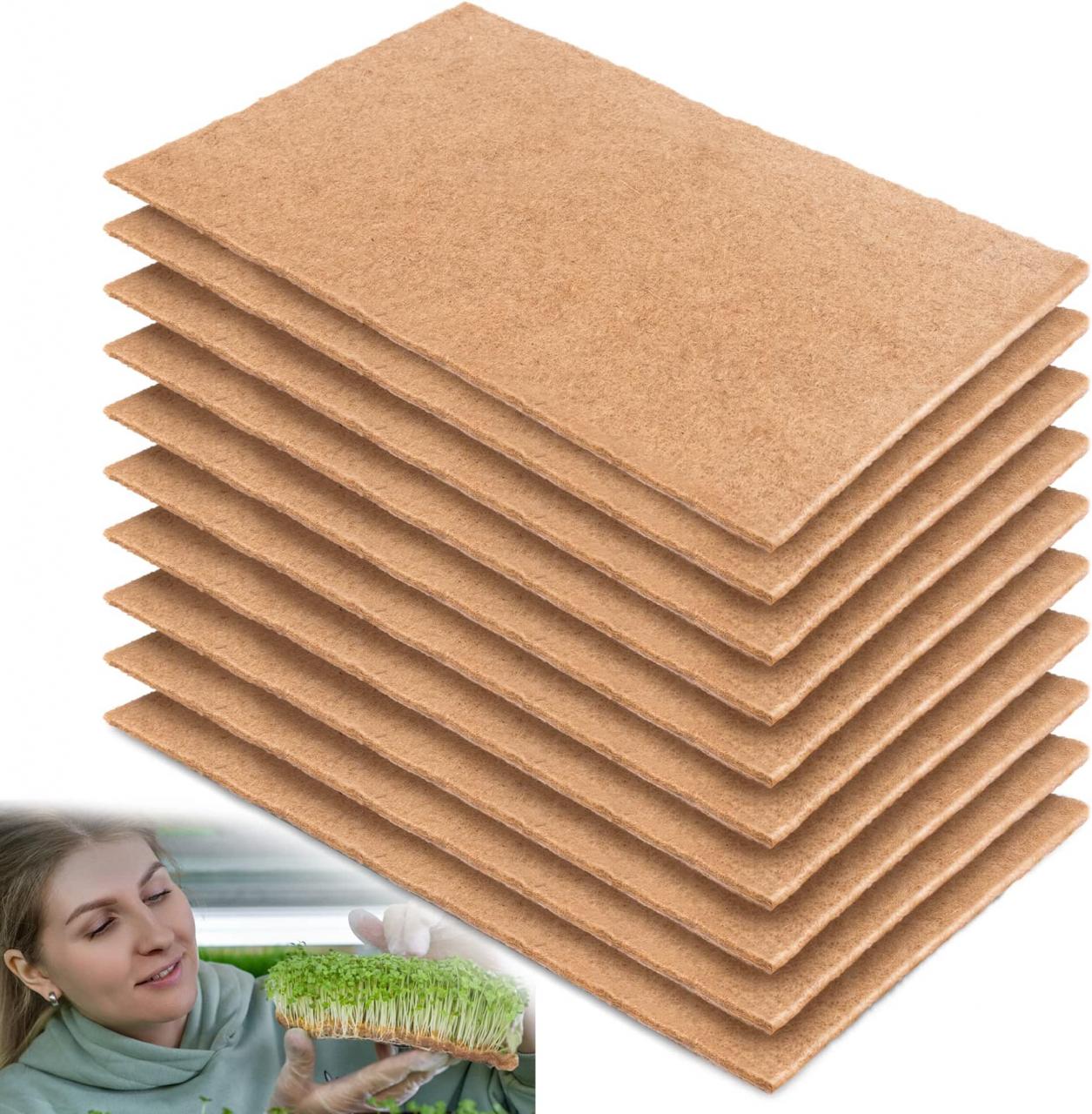Microgreens have become increasingly popular in recent years for their nutritional benefits and ease of growing. One popular growing medium for microgreens is jute grow mats. These mats, made from natural jute fibers, provide a stable and biodegradable environment for microgreen seeds to germinate and grow. However, like any growing medium, jute mats have their own set of pros and cons. In this article, we’ll explore the advantages and disadvantages of using jute grow mats for microgreens, as well as some key considerations for those interested in trying this method.
Pros of Using Jute Grow Mats for Microgreens
One of the primary advantages of using jute grow mats is their natural composition. These mats are made from jute fibers, which are free of chemicals and additives, making them a safe and eco-friendly choice for growing microgreens. Additionally, jute is highly absorbent, providing excellent support for plant germination and growth.
Another benefit of jute grow mats is their biodegradability. Unlike some other growing mediums, jute mats can be composted after use, reducing waste and promoting sustainability. This makes them an attractive option for those looking to minimize their environmental impact.
Jute grow mats are also easy to use. They can be easily cut to size, allowing growers to customize the mats to fit their specific growing trays. Simply place the mat in a tray, add seeds, and let the microgreens grow.
Cons of Using Jute Grow Mats for Microgreens
One potential drawback of using jute grow mats is their tendency to dry out more quickly compared to other growing mediums, such as soil or coco coir. This means that growers need to be more attentive to watering to ensure that the mats don’t become too dry, which can stress the plants and slow growth.
Another consideration is that jute grow mats can be more expensive than some other growing mediums, such as soil or coco coir. While the cost may be offset by the mats’ durability and sustainability, it’s still an important factor to consider when choosing a growing medium.
Finally, some growers have reported issues with mold growth on jute grow mats, particularly if the mats are not properly dried between uses or if the growing environment is too humid. While this can be mitigated with proper care and maintenance, it’s still a potential concern for growers to be aware of.
What to Know Before Using Jute Grow Mats for Microgreens
Before using jute grow mats for microgreens, it’s important to consider the specific needs of the microgreens you plan to grow. Some microgreens, such as broccoli or kale, may require a more nutrient-rich growing medium, while others, such as radish or sunflower, may thrive in the simple environment provided by jute mats.
It’s also important to ensure that the jute grow mats are properly prepared before use. This typically involves soaking the mats in water to ensure that they are fully saturated before adding seeds. Growers should also be prepared to monitor the mats closely for signs of drying or mold growth, and adjust watering and air flow as needed.
Finally, it’s important to note that jute grow mats are not suitable for all types of microgreens. Some microgreens, such as wheatgrass or pea shoots, may require a different growing medium or additional support to grow properly.
